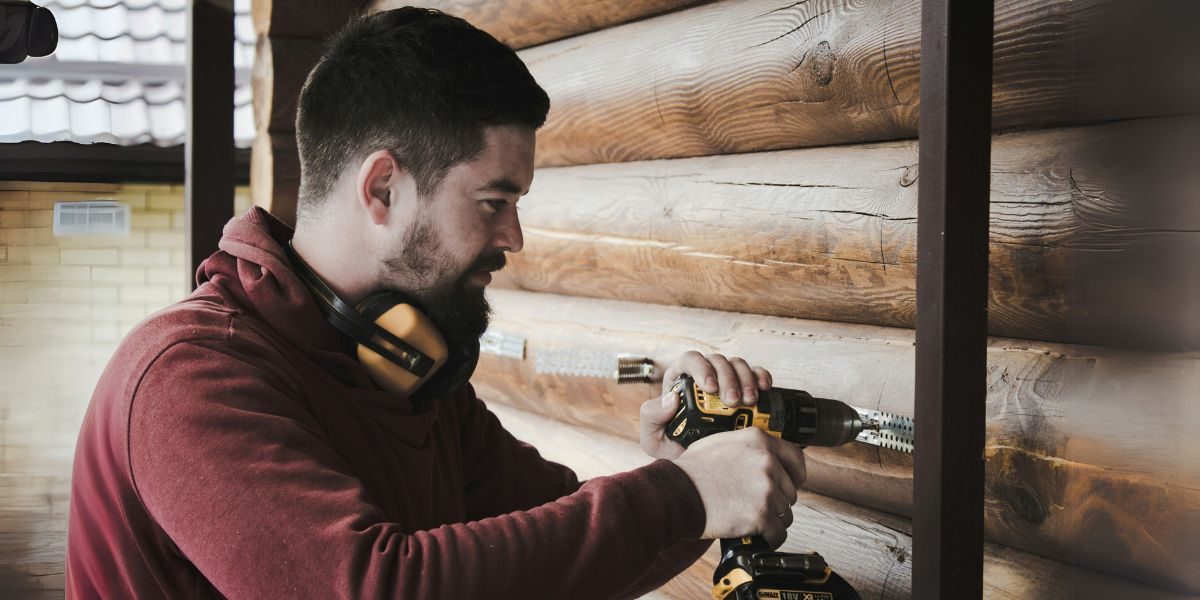Horizontal directional drilling (HDD) has emerged as a preferred method for installing underground utilities, offering significant environmental advantages over traditional open-cut trenching. This trenchless technology minimizes disruption to the surface environment, reduces the need for extensive excavation, and offers a more sustainable approach to infrastructure development.
Minimizing Surface Disruption
One of the significant environmental benefits of HDD is its ability to minimize surface disruption. Unlike traditional trenching, which requires extensive excavation and restoration, HDD allows for the installation of utilities with minimal impact on the surrounding environment. This is particularly beneficial in environmentally sensitive areas, such as wetlands, rivers, and forests, where open-cut trenching can cause significant damage to ecosystems.
Reducing Soil Disturbance and Erosion
HDD significantly reduces soil disturbance and erosion compared to traditional trenching. By minimizing the amount of soil that is excavated and disturbed, HDD helps to preserve soil structure and prevent erosion. This is particularly important in areas with fragile soils or steep slopes, where erosion can lead to significant environmental damage.
Protecting Vegetation and Habitats
HDD allows for the installation of utilities without the need to remove or damage existing vegetation. This is particularly important in areas with mature trees or protected habitats, where open-cut trenching would require the removal of vegetation and disrupt wildlife corridors. By minimizing vegetation removal, HDD helps to preserve biodiversity and protect natural habitats.
Reducing Traffic Disruption and Air Pollution
Traditional trenching often requires road closures and traffic diversions, leading to increased congestion and air pollution. HDD, on the other hand, allows for the installation of utilities with minimal disruption to traffic flow. This reduces the need for road closures and diversions, minimizing congestion and reducing air pollution from idling vehicles.
Minimizing Noise Pollution
HDD operations typically generate less noise than traditional trenching methods. This is particularly beneficial in urban areas or residential neighborhoods, where noise pollution can be a significant concern. By minimizing noise pollution, HDD helps to improve the quality of life for residents and reduce the impact on wildlife.
Reducing Water Contamination
HDD can help to reduce the risk of water contamination compared to traditional trenching. By minimizing soil disturbance and excavation, HDD reduces the potential for pollutants to leach into groundwater or surface water sources. This is particularly important in areas with sensitive water resources, such as aquifers or rivers.
Reducing Carbon Footprint
HDD can contribute to a lower carbon footprint compared to traditional trenching. By minimizing the need for heavy machinery and reducing traffic congestion, HDD helps to reduce greenhouse gas emissions. Additionally, the reduced need for restoration work, which often involves transporting and placing fill materials, further contributes to a lower carbon footprint.
Promoting Sustainable Infrastructure Development
HDD is a more sustainable approach to infrastructure development compared to traditional trenching. By minimizing environmental impact, reducing pollution, and promoting resource conservation, HDD helps to create a more sustainable future.
In conclusion, horizontal directional drilling offers a range of environmental benefits, making it a preferred method for installing underground utilities. By minimizing surface disruption, reducing pollution, and promoting resource conservation, HDD contributes to a more sustainable and environmentally responsible approach to infrastructure development.
Published by Jeremy S.

















